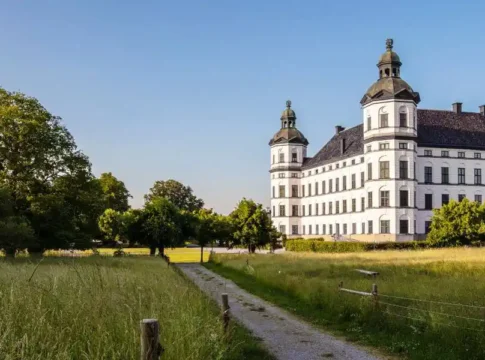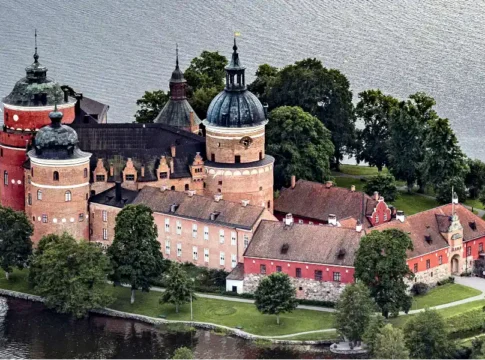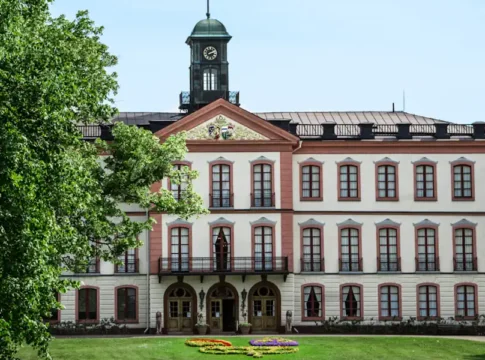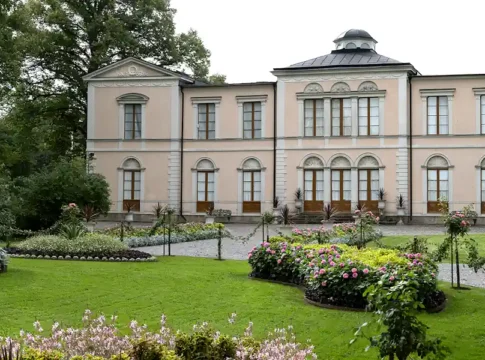Ulriksdal Palace—Swedish Royal Heritage in Solna’s National Park
Located in Solna, just 6 km north of Stockholm, Ulriksdal Palace is a landmark of Swedish royal history nestled in the lush Royal National City Park. Originally built between 1638 and 1645 for Jacob De la Gardie, it was first known as Jacobsdal before becoming a prominent residence for Swedish royalty.


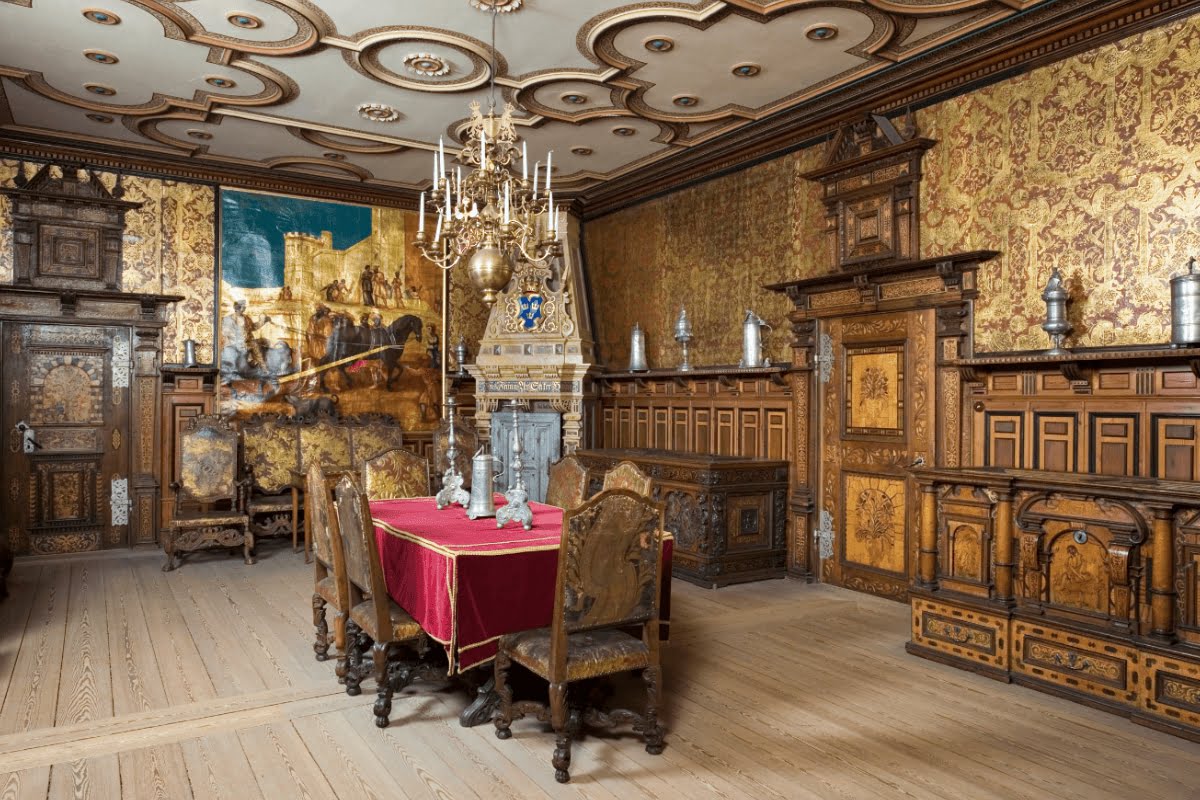
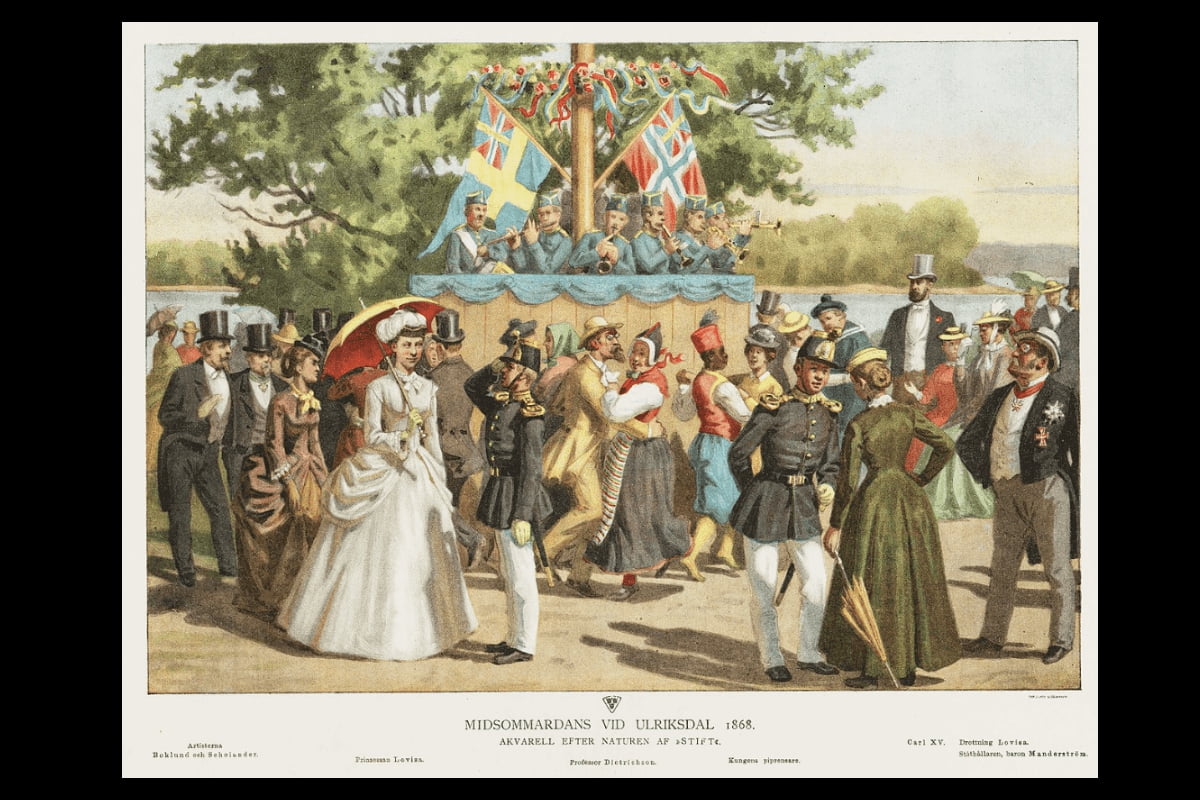
From coronations to war heroes
Ulriksdal has played many roles in Sweden’s history. In 1650, it served as the departure point for Queen Kristina‘s coronation procession. In 1684, Queen Dowager Hedvig Eleonora renamed it after her grandson Prince Ulrik, cementing its royal identity.
Later, the palace saw royal enrichment under King Adolf Fredrik and Queen Lovisa Ulrika, who introduced the Confidencen Theatre. It was even repurposed in the 1800s to house wounded veterans of the Finnish War (the Finnish War of 1808-1809 was fought between Sweden and the Russian Empire), adding humanitarian depth to its legacy.
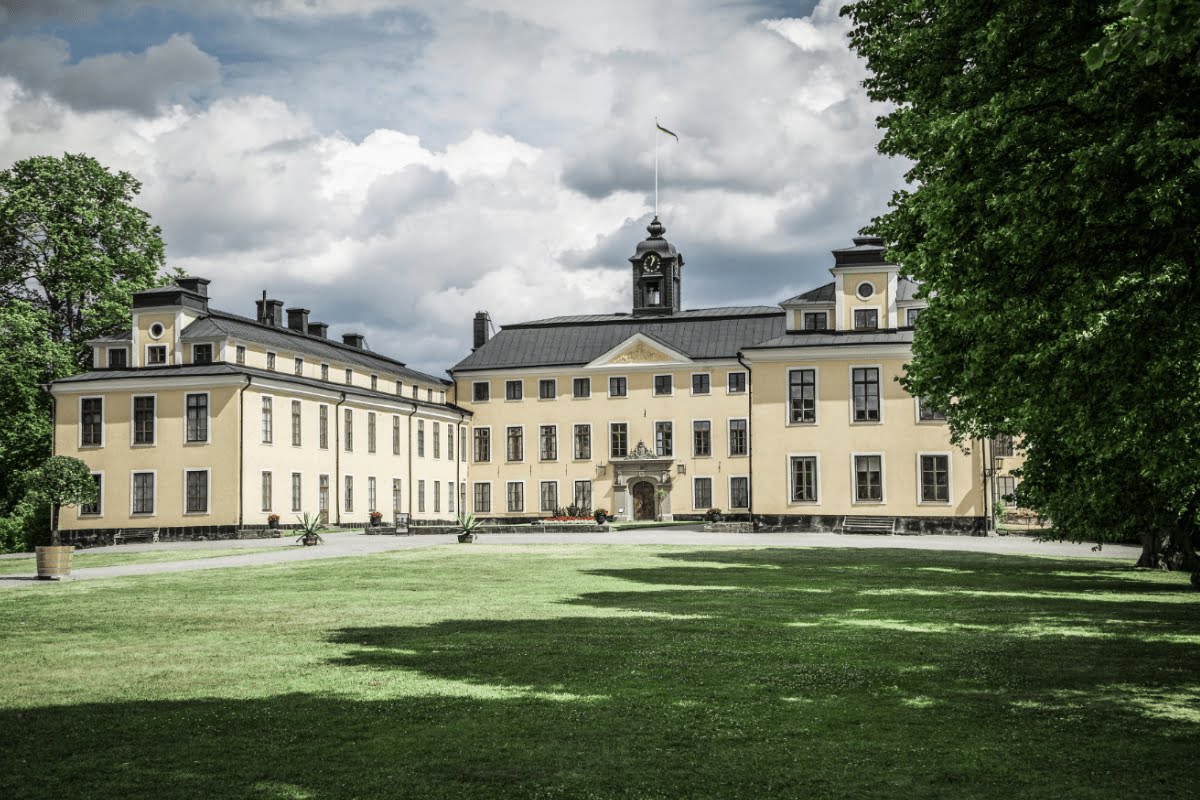
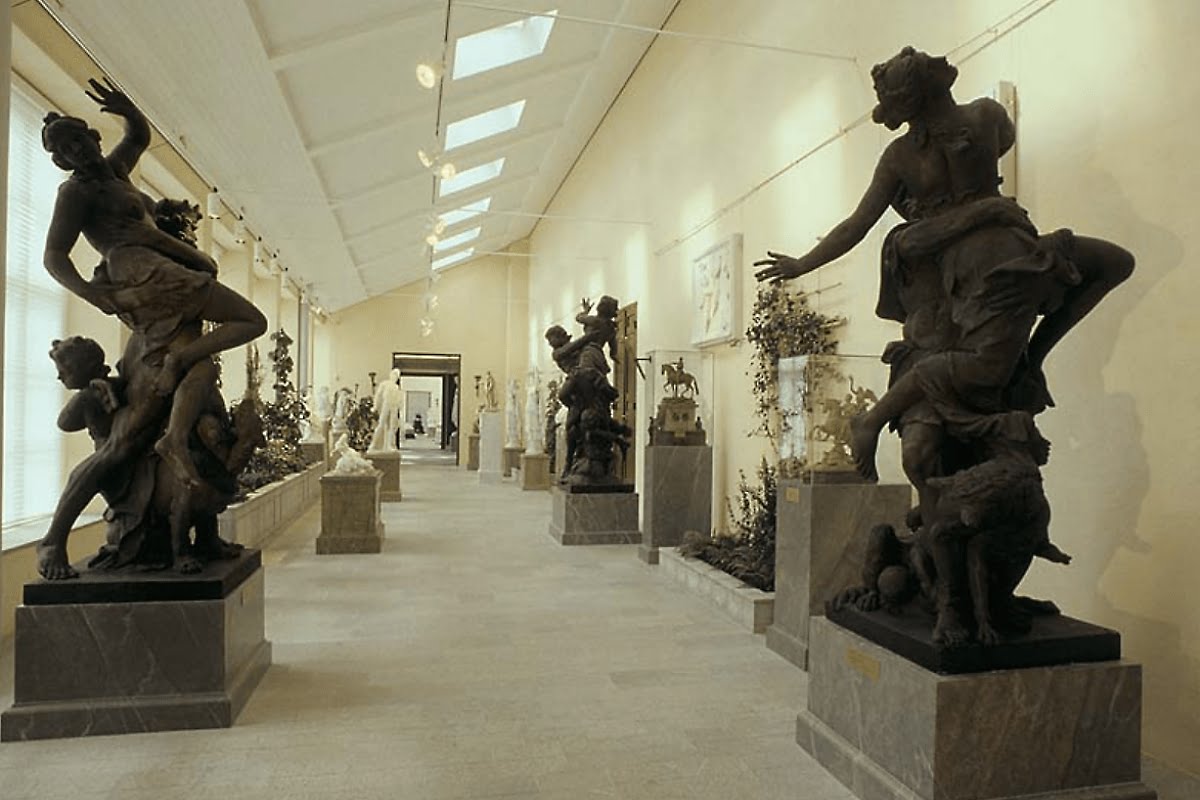
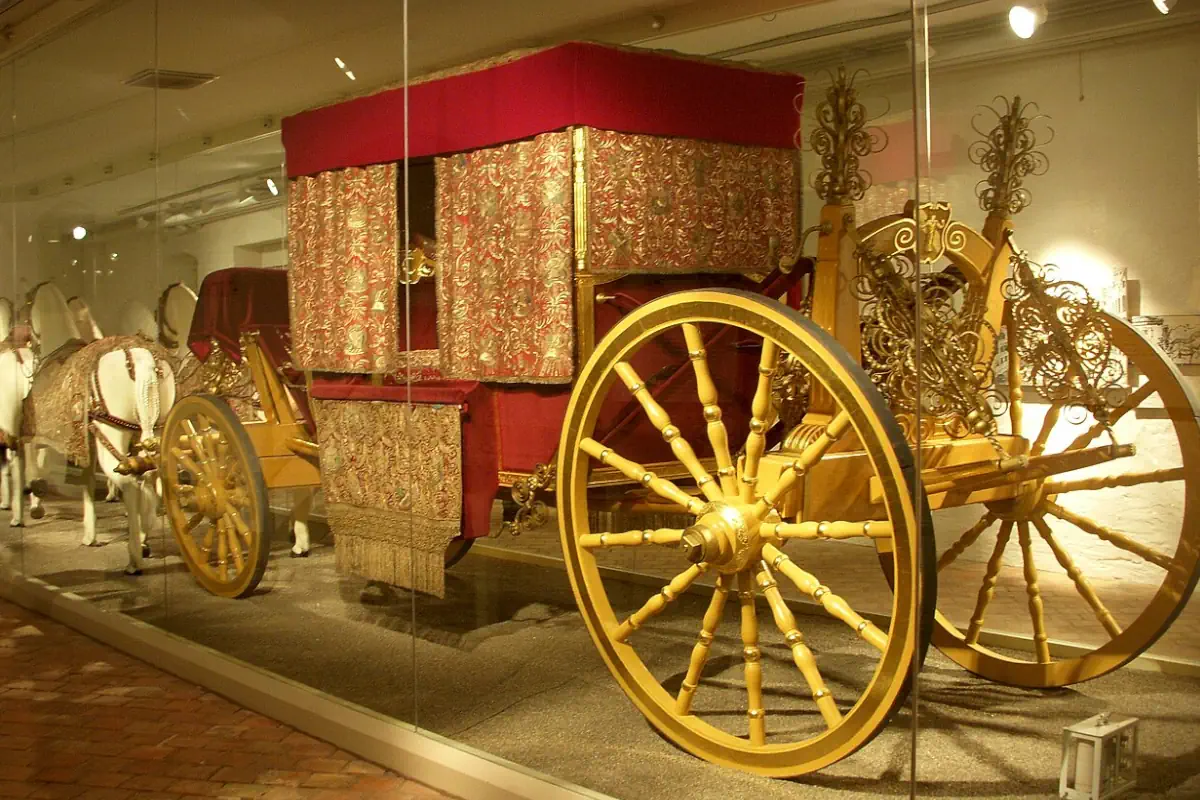

Architectural evolution
The palace was first built in the Late Renaissance style by Hans Jacob Kristler, then reshaped by Jean de la Vallée, Nicodemus Tessin the Elder, and Carl Hårleman. The addition of its mansard roof gave it the elegant silhouette seen today—dating mostly from the 18th century.
Features worth exploring
- Confidencen Theatre: Sweden’s oldest Rococo theatre, with summer performances and guided tours.
- 1923 Living Room: A Carl Malmsten masterpiece gifted to King Gustaf VI Adolf and Queen Louise.
- The Orangery Museum: Sculptures by Johan Tobias Sergel, Carl Milles, and others.
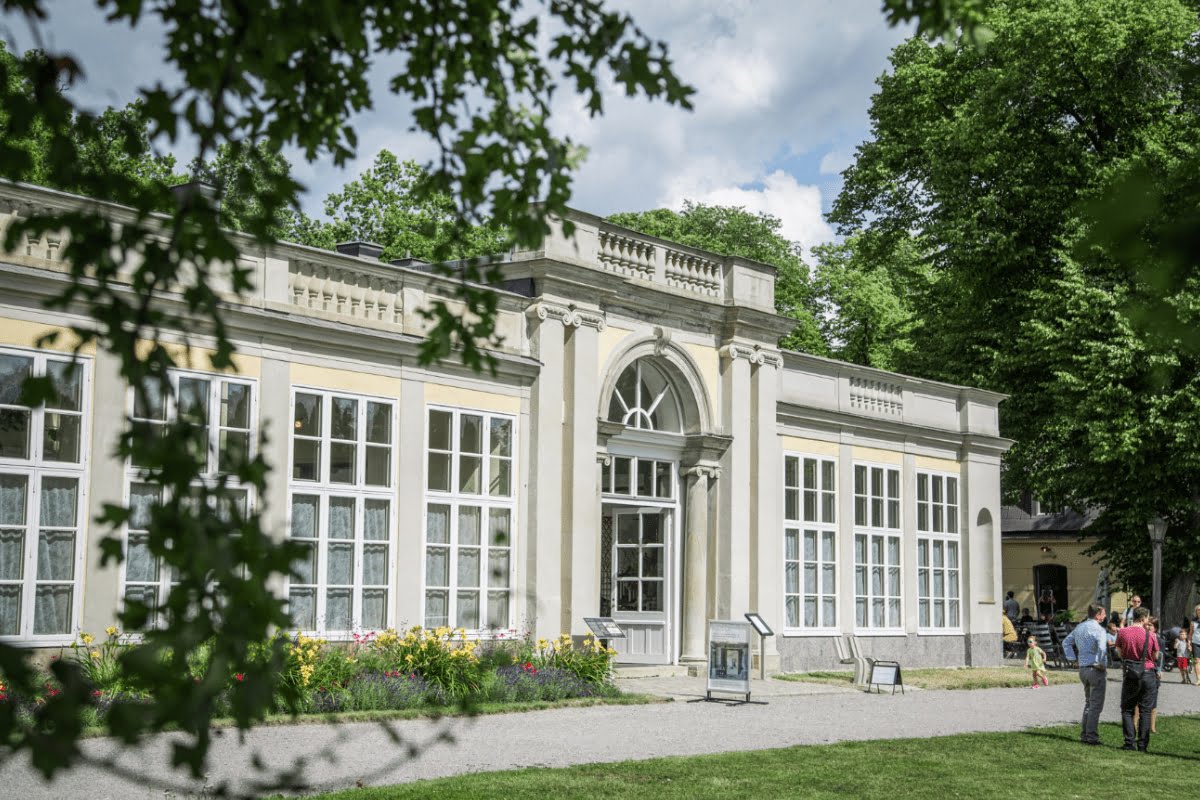
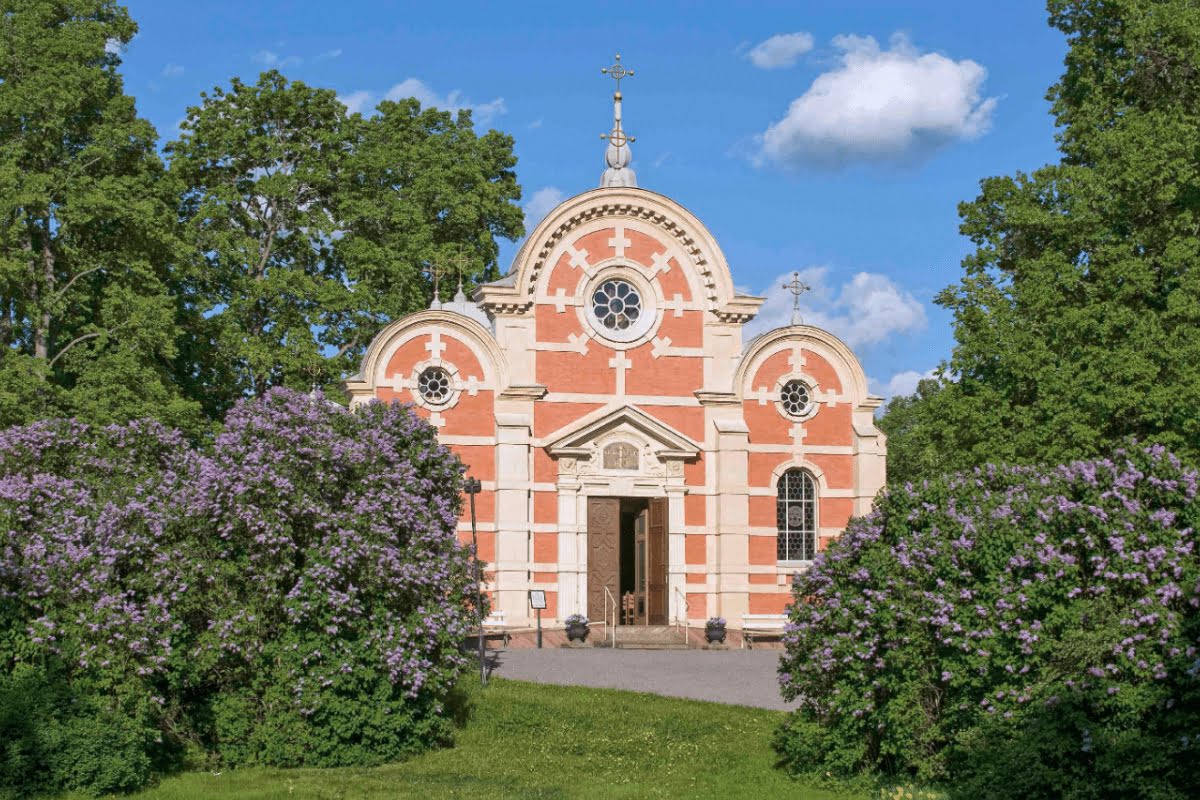
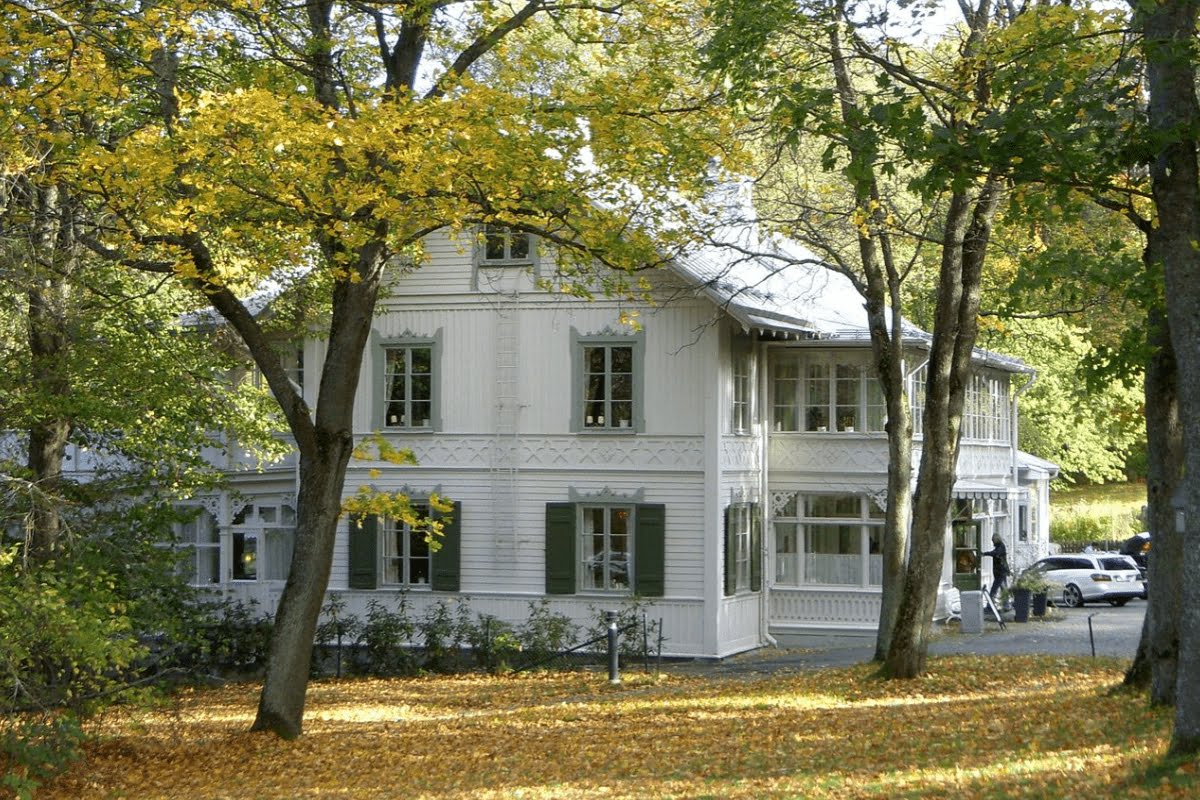

Explore Ulriksdal Palace today
Visitors can experience the full range of Swedish royal history across centuries of interiors and landscapes. Highlights include:
- Architectural details from the 1600s to 1900s
- Sculpture-filled Orangery and Mediterranean gardens
- Royal apartments and Confidencen theatre
- Extensive parkland and walking trails
Visitor Information
- 🕰️ Opening Hours:
- Summer Season (June–August): Open for guided tours
- Off-season: Closed (grounds and café open year-round)
- 📍 Address: Slottsallén, Ulriksdal, 170 79 Solna, Sweden
- 🚶♀️ Getting There: From Stockholm, take the Red Line metro to Bergshamra and transfer to bus 503. Alternatively, take a commuter train to Ulriksdal Station and walk or take a local bus.
- 🔍 What to Expect: Historic royal palace, Confidencen Rococo theatre, sculpture museum, Carl Malmsten interiors, and landscaped parklands.
- 🎟️ Admission: Entry fee applies. Guided tours are included. Children under 7 enter free.
- 🎧 Guided Tours: Available during the summer season. Group tours by prior arrangement.
- ☕ Café: Seasonal café on-site offering light meals and drinks. Open during palace visiting hours.
- 🛍️ Shop: Gift items, books, and souvenirs available at the Visitor Center.


